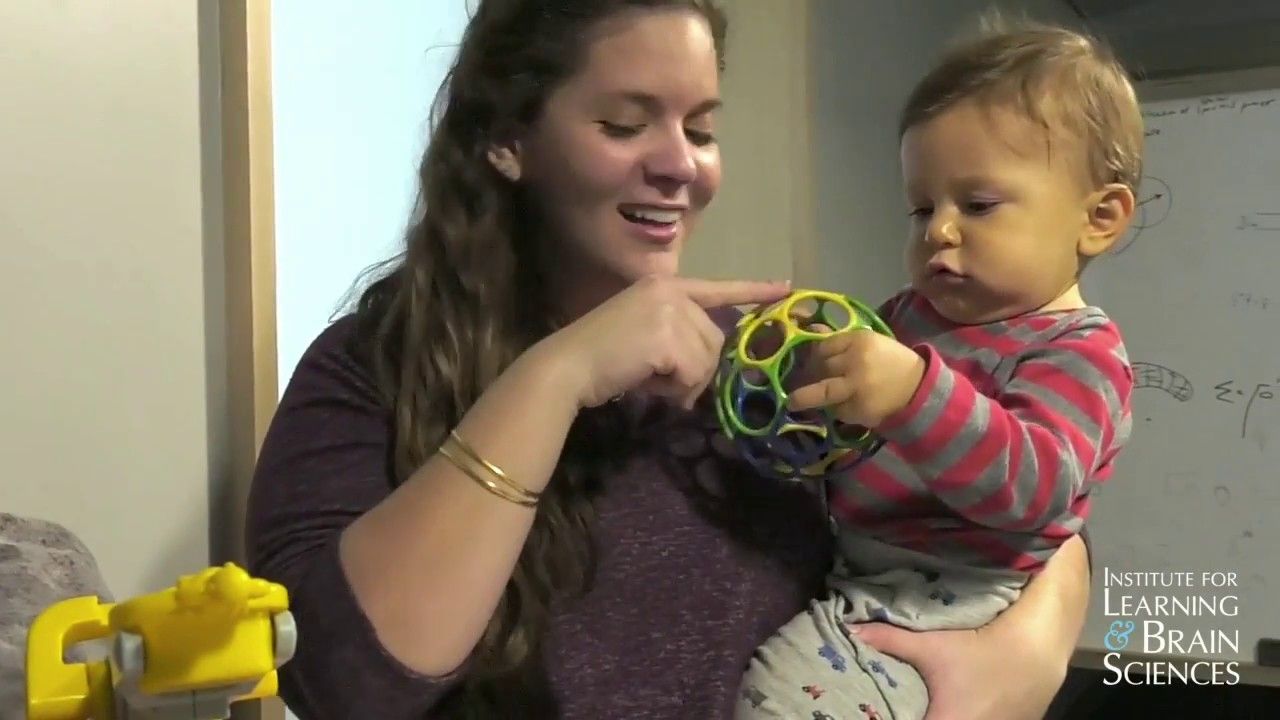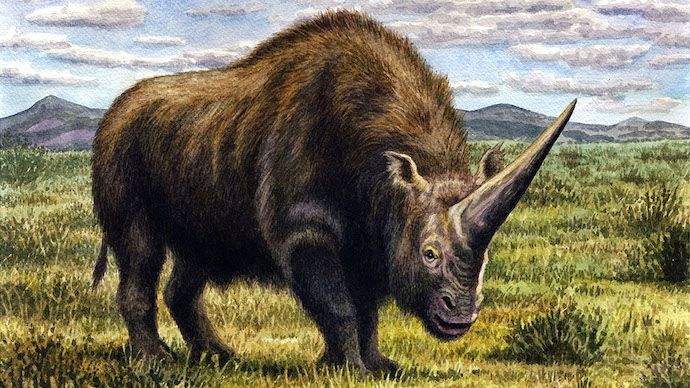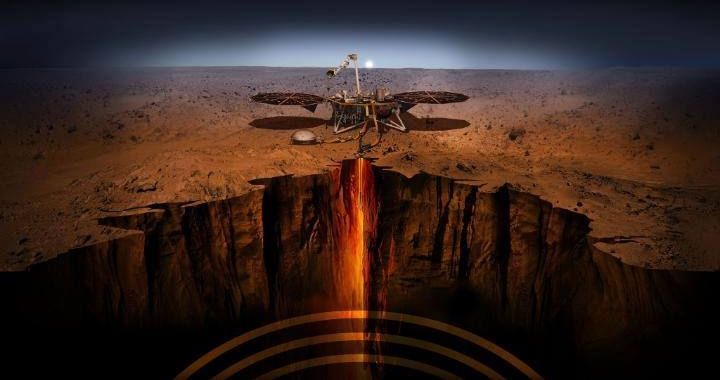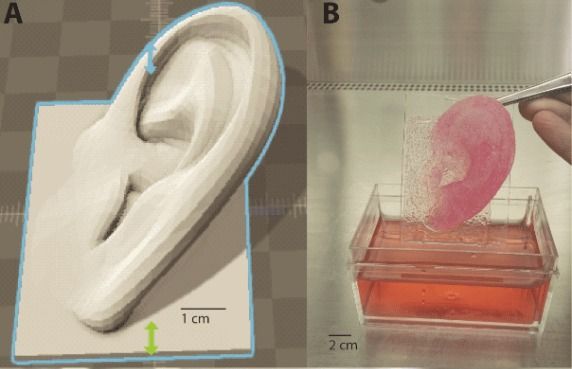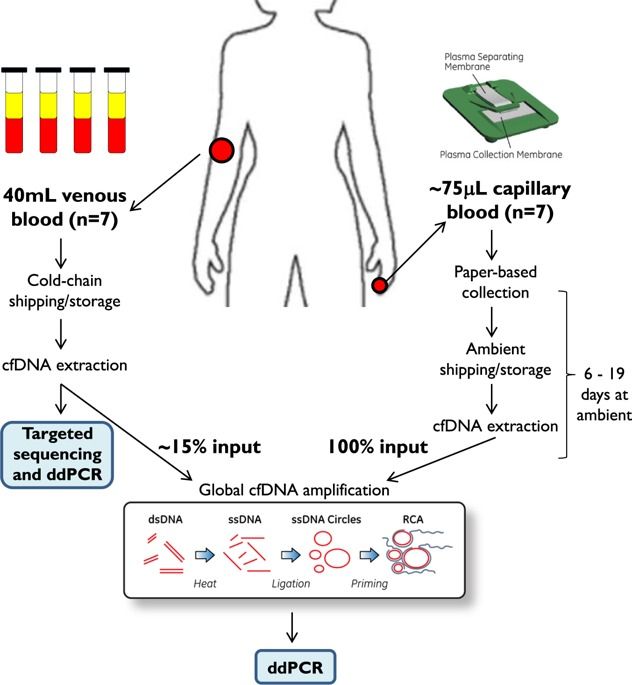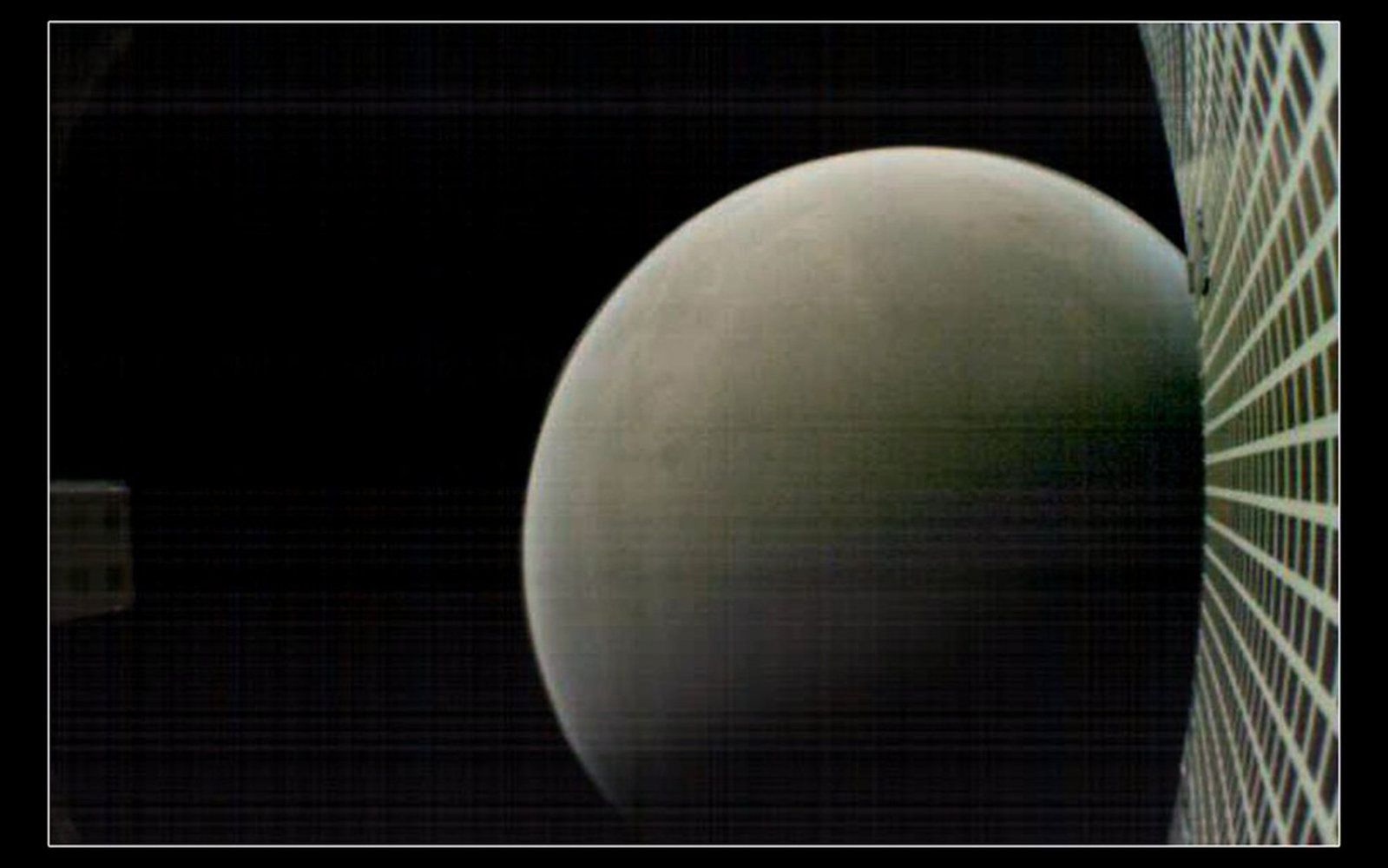Nov 28, 2018
Cryoablation shows promise in treating low-risk breast cancers
Posted by Genevieve Klien in category: biotech/medical
Cryoablation — the destruction of cancer cells through freezing — shows early indications of effectiveness in treating women with low-risk breast cancers, according to research being presented today at the annual meeting of the Radiological Society of North America (RSNA). Researchers said that over the four years of the study, there has only been one case of cancer recurrence out of 180 patients.
